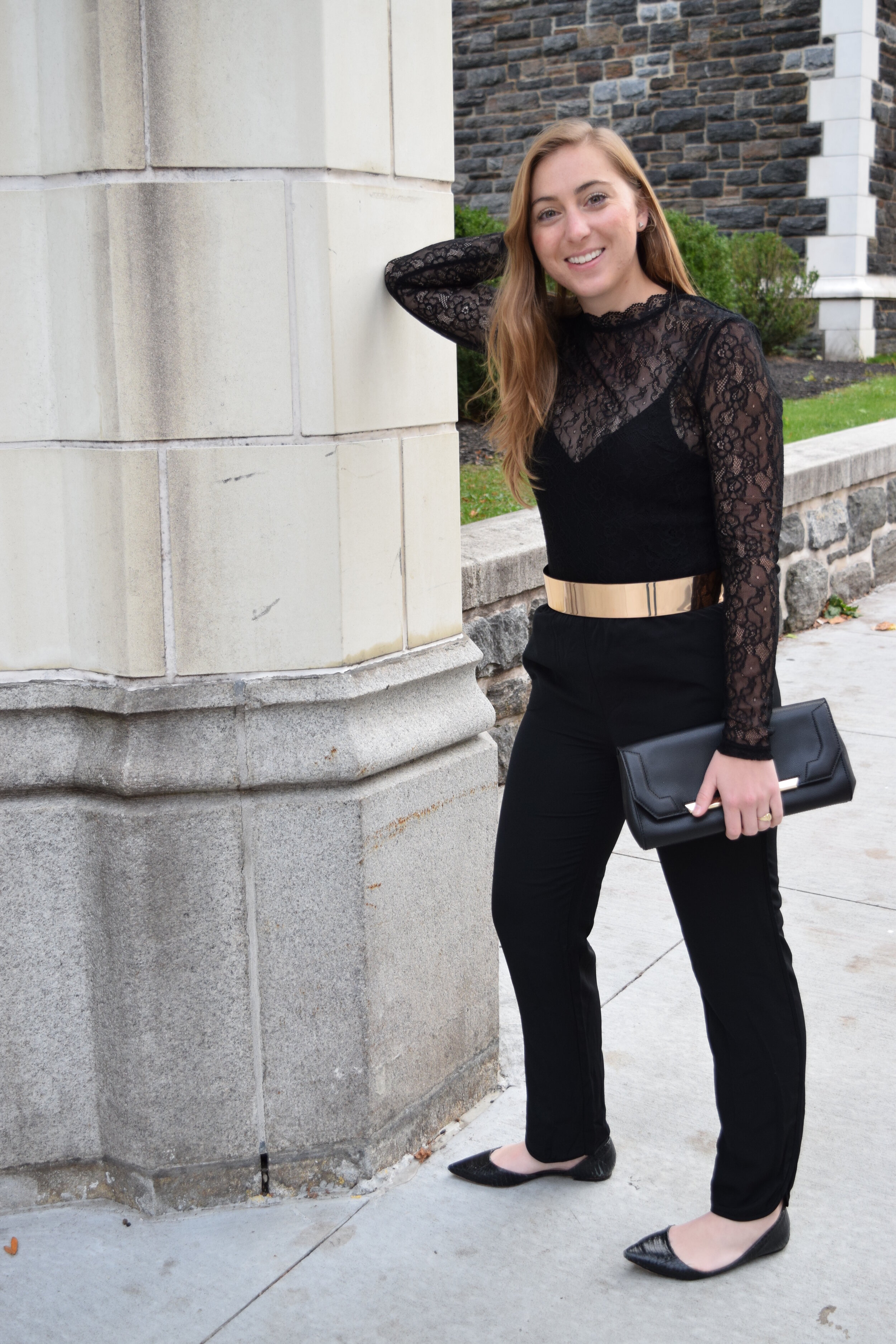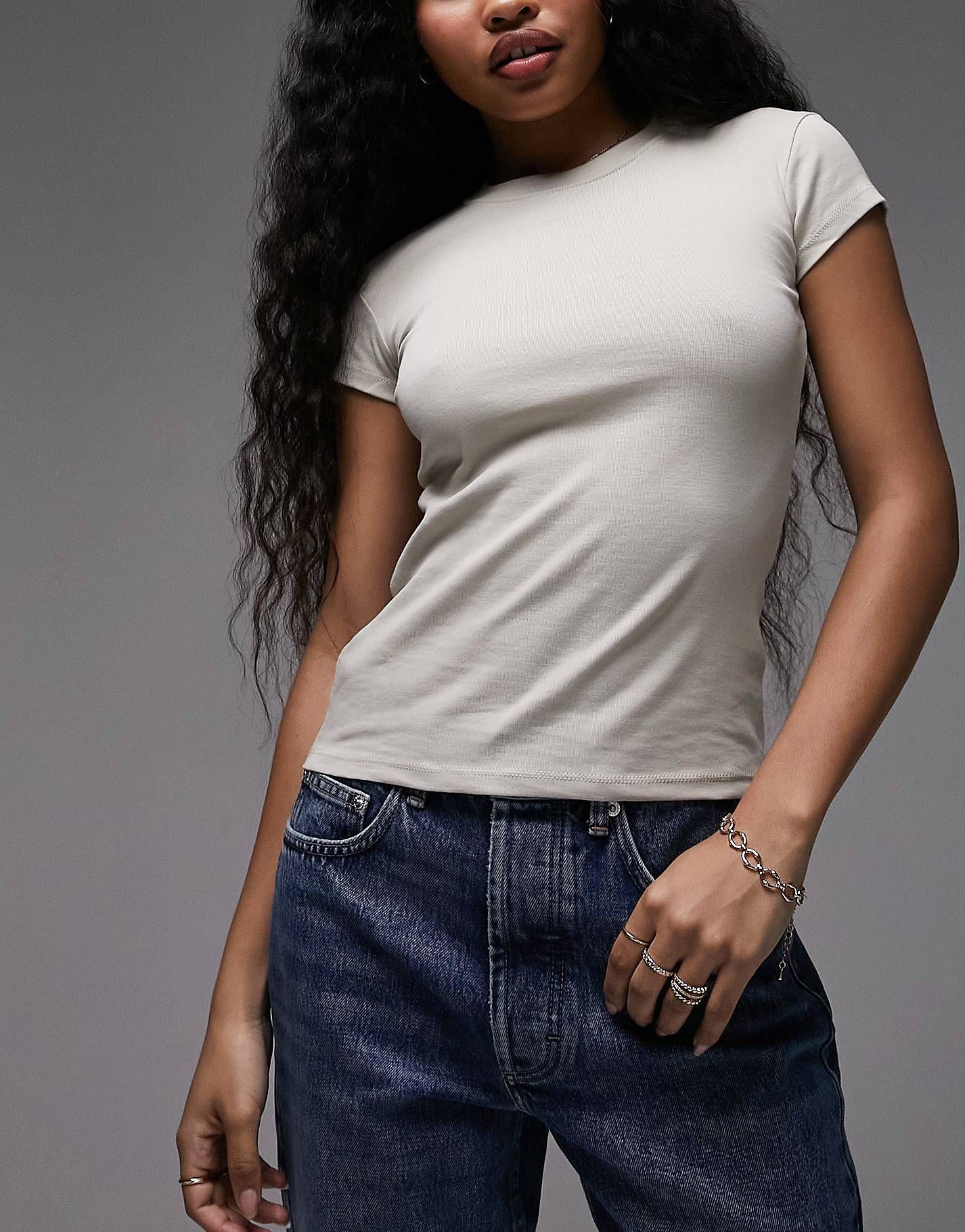When you hear the word "petite," what comes to mind, you know? Is that a certain look, or perhaps a particular clothing size? For many, it suggests a smaller overall body shape, often used to describe women who carry themselves with a certain grace and delicate presence. This idea of being small and slender, it really does have a distinct charm, and it's something people often talk about when discussing various body types and how they are seen.
This word, "petite," it actually carries a lot more weight than just being small, in a way. It's often used politely to describe a woman who is both small and quite slender, almost like a gentle way of putting it. It’s not just about a person's height, though that's certainly a big part of it, but also about their general build and how clothes might fit them. You see, the fashion world, it has its own specific take on what "petite" means, which is pretty interesting.
So, we're going to talk a bit about what "petite" truly means, especially as it relates to fashion and how it applies to various body shapes, including those often associated with the idea of a "petite lil asian" person. We'll look at where the word itself came from, how clothing lines try to fit these specific needs, and what some common physical traits might be. It's basically about getting a clearer picture of this term and its real-world implications, you know, for people seeking comfortable and well-fitting clothes.
- Tyrese Haliburton Mother
- Cillian Murphy And Emily Blunt Movie
- Clara Spera Ginsburg
- Denzel News
- Daniel Smith Wife
Table of Contents
- What Does "Petite" Really Mean?
- The Roots of "Petite" - Where Did the Word Come From?
- How Does Fashion Cater to a Petite Lil Asian Frame?
- Are There Common Traits for a Petite Lil Asian Physique?
What Does "Petite" Really Mean?
When someone says a woman or a girl is "petite," they're often talking about how she has a smaller build and a more slender shape, you know, in a way that many people find quite pleasing to the eye. It's a way of describing a person who is not just short, but also has a neat and tidy form, giving off an impression of daintiness, sort of. This particular description really focuses on the overall appearance, suggesting a delicate sort of presence that can be quite appealing, basically. It's more than just a measurement; it’s about a whole look, really.
The term is usually, or should I say, very often, put to use when talking about women. It points to someone who is small and thin, yet in a way that is seen as quite charming and well-proportioned. It's a word that tries to capture a certain kind of physical presence, a smaller, more compact form that can be quite striking. So, it's not just about being tiny; it's about being small with a sense of refined shape, if that makes sense.
In the world of clothes and how they are made, a "petite" size is a pretty common clothing measurement. It's specifically put together for women who are about 163 centimeters, or 5 feet 4 inches, or even shorter. This measurement system, you know, it’s not only about a woman's height, which is an important point to remember. It's more complex than just a simple height cut-off. It involves other things too, as we'll get into a little later.
- Micah Parsons Kids
- Does Steve Kerr Have A Son
- Did Shaquille And Kirsten Stay Married
- Brad Pitts Friend
- Kim Kardashian Party
For clothing and fashion items, the word "petite" truly describes garments made to fit women who are on the shorter side. Typically, this means someone who is around 5 feet 3 inches or less. It’s about creating clothes that hang right, with sleeves and hemlines that don't need a lot of extra work to fit a shorter person. This is pretty important because a lot of standard clothing just doesn't quite sit right on someone with a smaller frame, as a matter of fact.
So, when we talk about a woman who is short and has a small, well-kept figure, we are really describing someone who fits the "petite" description. You might hear phrases like, "The sash really brings out her petite waist," which shows how the word is used to highlight a particular feature, like a small midsection. These kinds of examples help us get a better feel for how the word is used in everyday conversation, you know, beyond just clothing tags.
A "petite" size, when we look at it again, is a standard clothing measurement that's put together to fit women who are shorter, typically someone under 162 centimeters, or about 5 feet 4 inches. This really just talks about the height, or so it seems at first glance. However, there's more to it than just that single measurement, as we've sort of touched on. It’s about the overall proportions, which can vary quite a bit from person to person, even among those who are considered "petite."
The word "petite" is an adjective that you often find used in the context of fashion. It's there to describe clothes that are specifically made for women who are shorter in their overall stature, generally those who are 5 feet 4 inches, or around 162.6 centimeters, and under. It can also be used in a broader sense, too, to talk about a person's general physical build, not just their clothing needs. So, it has a couple of different ways it gets used, depending on the situation, basically.
Beyond Just Height - Defining the Petite Lil Asian Build
When thinking about someone who might be described as a "petite lil asian" person, it's really helpful to remember that the term "petite" goes beyond just how tall someone stands. It also considers the general body shape and proportions. For someone with a smaller frame, perhaps a shorter torso or arms, standard clothes often just don't quite fit the bill, you know? This is where understanding the full scope of "petite" becomes really valuable.
It's not just about a numerical height, but also about the overall body lines and how they come together. A person who is considered "petite lil asian" might have proportions that are simply scaled down from what is considered "average," meaning sleeves are too long, pant legs drag, or the waistline of a dress hits in the wrong spot. This is why specialized clothing sizes exist, to make sure everyone can find clothes that fit well and feel comfortable, anyway.
So, for a "petite lil asian" individual, finding clothes that truly complement their natural shape means looking for items that are designed with those specific proportions in mind. This could involve differences in shoulder width, the length of the body from shoulder to hip, or even the distance from the hip to the ankle. It's about recognizing that a smaller person isn't just a shrunken version of a taller one; they have their own unique set of measurements that need to be respected, really.
The Roots of "Petite" - Where Did the Word Come From?
The word "petite" itself has some interesting beginnings, you know. It’s the feminine version of a French adjective, "petit," which simply translates to "small" or "short" in our English language. This connection to French gives the word a certain kind of elegance, perhaps, when we use it to describe a person's smaller stature. It’s like it carries a little bit of that original linguistic charm with it, in a way.
So, when you use "petite," you're actually tapping into a very old and established way of describing something small, originally in French. This origin helps us see that the idea of a smaller physical form has been a recognized concept for a long time, across different cultures and languages. It's not just a modern fashion term; it has a history that goes back quite a bit, actually.
The idea of "petite" sizing in clothing, as we know it today, actually got its start back in the 1940s. A fashion designer in the United States, a woman named Hannah Troy, was the one who apparently noticed a need for it. She saw that standard clothing wasn't really working for women who had smaller frames, and she decided to do something about it. This was a pretty big step for making clothes more accessible and better fitting for a wider range of people, you know.
Her observations led to the creation of clothing lines specifically for shorter women, acknowledging that it wasn't just about making clothes shorter, but adjusting the whole pattern to fit different body proportions. This was a pretty thoughtful approach, recognizing that a person's height affects more than just the length of a garment. It impacts where waistlines sit, where sleeves end, and how the overall shape of the clothing hangs on the body, basically.
A Polite Way to Describe a Petite Lil Asian Figure
When someone uses the word "petite" to describe a woman, especially someone who might be a "petite lil asian" individual, it’s often done as a polite way of saying that she is small and slender. It’s a gentle descriptor, meant to convey a sense of delicate proportions rather than just stating a simple fact about size. This choice of word tends to carry a softer, more appreciative tone, you know, than just saying "short" or "thin."
This particular phrasing, "politely saying that she is small and slim," really points to the social nuance of the word. It suggests that "petite" is not just a neutral description but carries a subtle positive connotation, perhaps implying grace or a pleasing compactness. For someone with a "petite lil asian" figure, this word can often be used to highlight their graceful, smaller build in a way that feels respectful and kind, as a matter of fact.
So, when you hear "petite" used in this way, it's usually meant to be complimentary, drawing attention to a person's smaller, well-defined shape without being blunt. It’s about acknowledging a certain kind of physical presence
- Four Ingredients For Natural Mounjaro
- Denzel News
- Fbi Most Wanted Cancelled
- Ozempic Libido
- De Donde Son Los Papas De Ariana Grande


